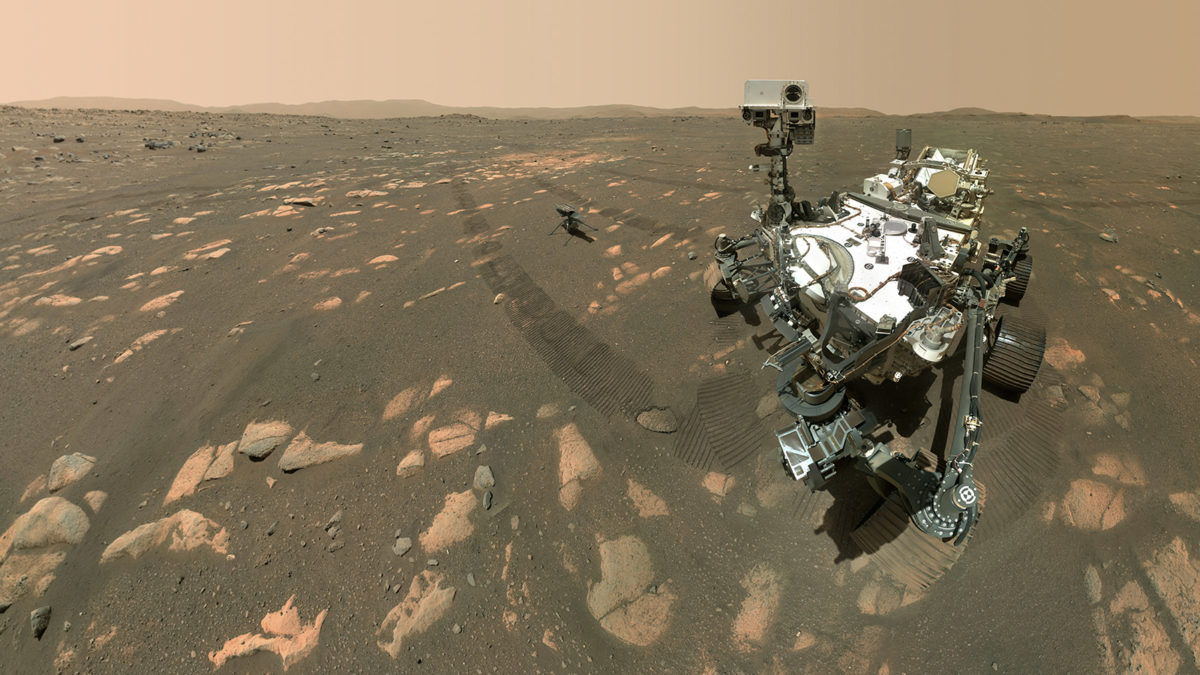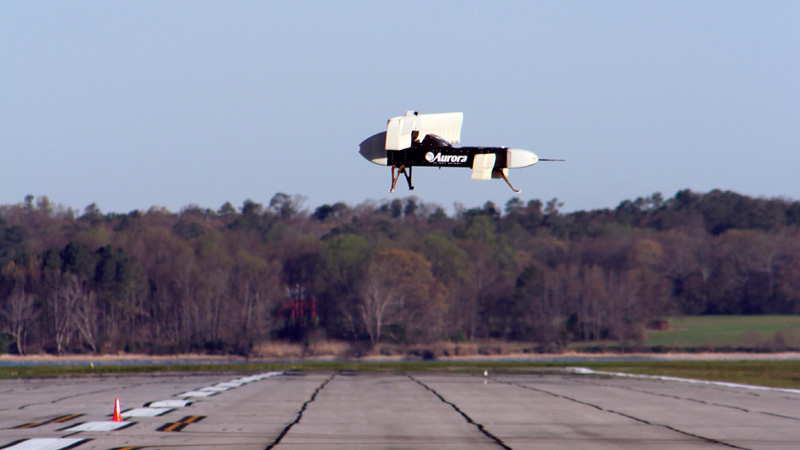Robotic milestones include first controlled powered flight on another planet
By Erik Komendera, Jian-Feng Shi and Gardell Gefke|December 2021
The Space Automation and Robotics Technical Committee works to advance the development of automation and robotics technologies and their applications to space programs.
This year was eventful in terms of historic firsts in the domain of space automation and robotics. In February, NASA’s Perseverance rover landed in the Jezero Crater on Mars. Its objectives emphasize collecting and studying rocks that may have been formed or altered in the presence of water. After identifying and drilling rock samples, Perseverance will preserve the samples in sealed tubes and leave them for future missions to return to Earth. In April, the Mars Oxygen In-Situ Resource Utilization Experiment, or MOXIE, extracted 5 grams of oxygen from atmospheric carbon dioxide, demonstrating a critical capability for future human and return missions. In September, Perseverance collected the first of its samples from the rock called “Rochette.”
NASA’s Ingenuity Mars Helicopter made the first powered flight on Mars in April. Its first flight of 39.1 seconds — and about 3 meters above Martian regolith — will stand as a “Wright brothers” moment for all future aircraft on Mars. Ushering in a new age in aerial exploration of the red planet, subsequent flights have pushed the boundaries of what was aerodynamically, energetically and operationally possible for a 1.8-kilogram co-axial rotorcraft. Ingenuity completed its technology demonstration phase after additional experimental flights and transitioned to an operations demonstration phase. Ingenuity has captured imagery for Perseverance engineers and scientists to study from a perspective never before possible on other planets. As of early November, Ingenuity had made 15 flights, the longest of which was the ninth flight when it traveled 625 meters horizontally and achieved an altitude of 10 meters over 2 minutes and 46 seconds.
On the space automation front, Blue Origin flew its fully autonomous reusable rocket, New Shepard, with four passengers, reaching space above the Kármán line and back, in July. The flight was the first flight of a rocket with passengers. New Shepard is a testbed for automated guidance and control technologies that may be used for lunar applications.
NASA completed commissioning of the Astrobee free-flying robots on the International Space Station. During the year, Astrobee was used to conduct a variety of ISS tests, including acoustic monitoring, capture of space debris using gecko-inspired adhesion, radio-frequency identification-based inventory, spacecraft interior caretaking and robot programming. Among these tests, the Spacecraft Robotics Laboratory at the U.S. Naval Postgraduate School conducted the first two flight activities of the Astrobatics Project, working with the Intelligent Robotics Group at NASA’s Ames Research Center in California, the U.S. Space Test Program and the NPS Foundation. A robotic hopping maneuver was for the first time tested in Earth orbit, by using an Astrobee vehicle as a model of a free-flyer space vehicle with a robotic manipulator. The first Astrobatics activity, performed in March, demonstrated using Astrobee’s robotic arm to perform a series of “self-toss” maneuvers. The second flight activity, performed in July, included more “self-toss” robotic maneuvers and used Astrobee’s propulsion system for motion stabilization. Such maneuvers could allow a free-flying spacecraft to maneuver around a larger space structure without expending propellant to perform activities such as inspection and robotic servicing.
In May, MDA (formerly MacDonald, Dettweiler and Associates), the Canadian Space Agency and NASA implemented and commissioned the autonomous capability software updates on the ISS’s Canadarm2. The Mobile Servicing System Application Computer software — the first autonomous vision solution for pose measurement and manipulator motion command — underwent a series of operations, including some free space checkouts.
Contributors: Stephen Kwok Choon, Terry Fong, Jennifer Hudson, David Spangler and Theodore Tzanetos



































